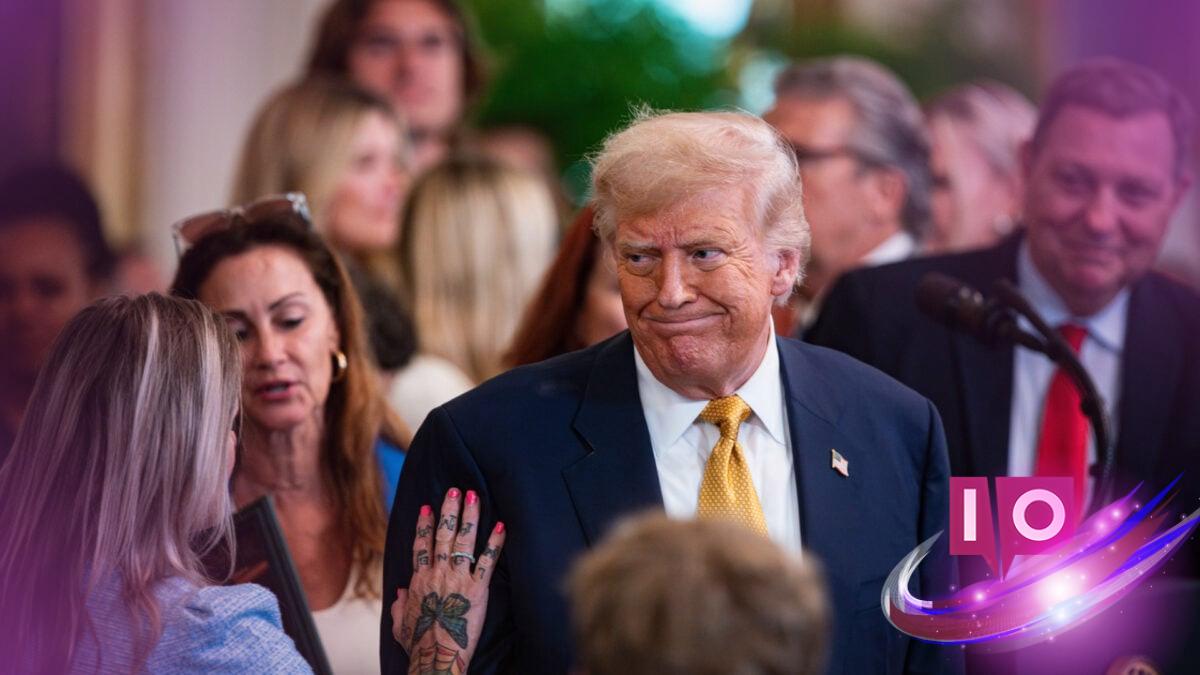In an era of increasing geopolitical tension, it’s crucial to stay informed about defense initiatives that could shape our security landscape. The recent unveiling of the “Golden Dome” project by the Trump administration has caught the public’s attention, stirring debate over its potential implications and feasibility.
As a seasoned observer of government policy decisions, it’s evident that the Golden Dome represents a significant investment in national security, aiming to protect the United States from sophisticated missile threats.
What is the Golden Dome Project?
Initiated by Trump in January, the Golden Dome is designed to shield Americans from various aerial attacks, including ballistic, hypersonic, and cruise missiles. The project involves a network of satellites that will detect and counter these threats before they can reach U.S. soil. This ambitious initiative was formalized through an executive order.
Upcoming Testing Schedule
According to CNN, sources within the defense establishment indicate that the Pentagon is prepping for its first major test of the Golden Dome system, slated to take place just before the 2028 elections. This test, named FTI-X, will involve multiple sensors and weapon systems engaged in a coordinated response to various simulated threats.
How Does the Golden Dome Compare to Israel’s Iron Dome?
The Golden Dome is often likened to Israel’s Iron Dome, not just in nomenclature but also in how both systems were supported financially by U.S. taxpayers. Israel’s Iron Dome has received over €1.6 billion (approximately $1.6 billion) in U.S. funding. However, experts, as reported by Gizmodo, assert that the challenges of establishing a defense system for a country as expansive as the U.S. are significantly more complex than in Israel’s case. Trump’s proposal aims to counter advanced missile threats that could overwhelm existing capabilities.
What Are the Challenges Ahead?
Even with technological advancements, experts warn that the physics involved in missile defense could pose serious challenges. Attempts to intercept advanced missiles, essentially trying to “shoot a bullet out of the sky with a bullet,” may not be viable against evolving weaponry.
Public Reaction and Political Support
While some citizens express skepticism over the feasibility of such projects, conservative factions are rallying behind Trump’s initiative. Organizations like the Heritage Foundation have been vocal in advocating modernized defense systems to address threats from countries like North Korea, Iran, China, and Russia. They urge a reevaluation of current missile defense strategies to meet the demands of the coming decades.
Given the scale and ambition of the Golden Dome project, many are curious about its timeline and expected outcomes. When asked about completion dates, a Defense official stated, “No additional information has been released.” Updates have been sparse, translating into uncertainty for both lawmakers and the general public.
How effective will the Golden Dome be in real-world scenarios? Many remain cautious, understanding that while the initiative may sound compelling, the laws of physics offer no political concessions.
What funding supports the Golden Dome project? The Trump administration has earmarked an estimated budget of a hundred billion dollars for the Golden Dome, raising concerns about government spending priorities.
Is there public support for the Golden Dome? While many conservatives advocate for better national defense, public opinion remains divided on the efficacy of investing in projects like the Golden Dome.
In this rapidly changing world, understanding the potential of defense initiatives like the Golden Dome is essential. Stay informed and explore more about related topics by visiting Moyens I/O.
